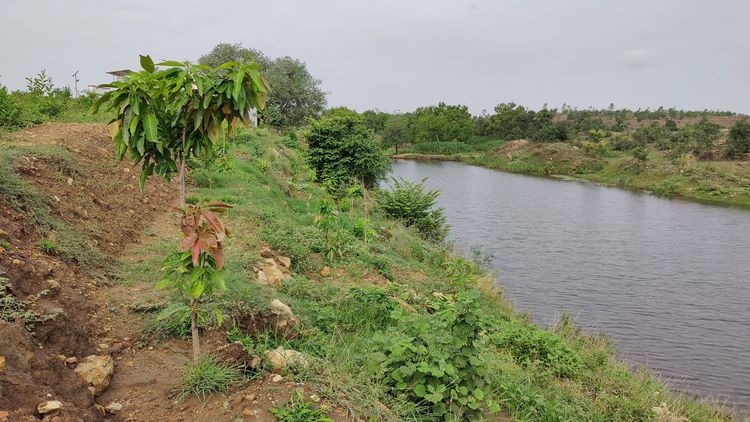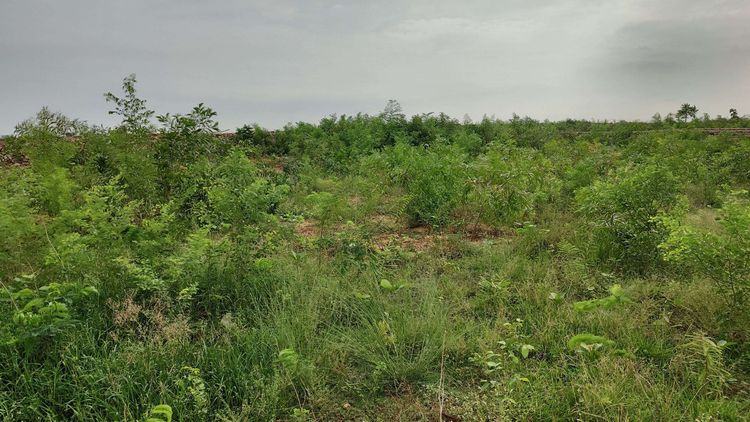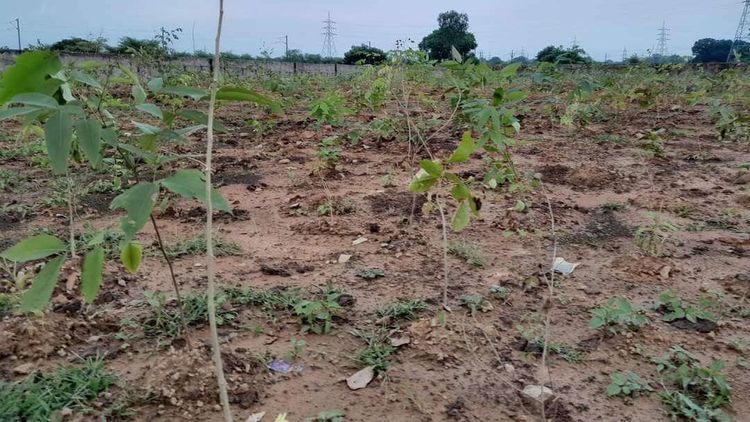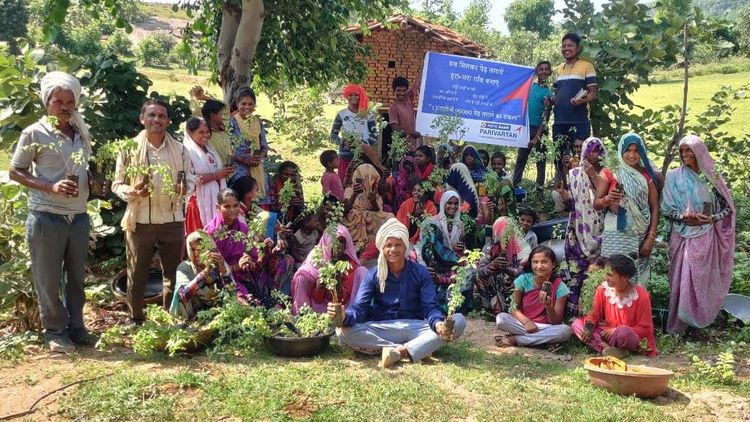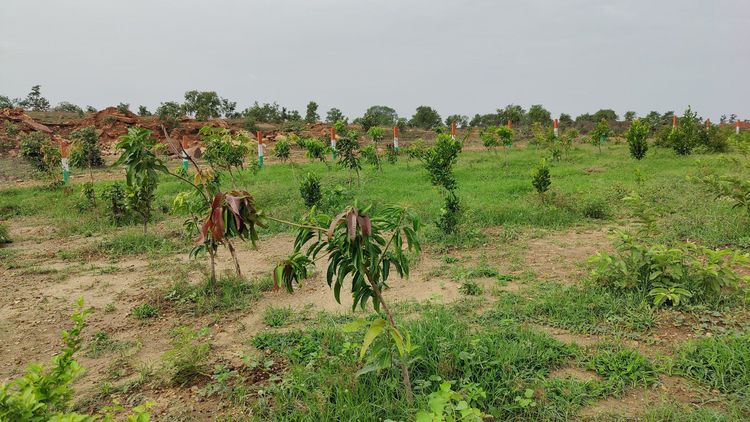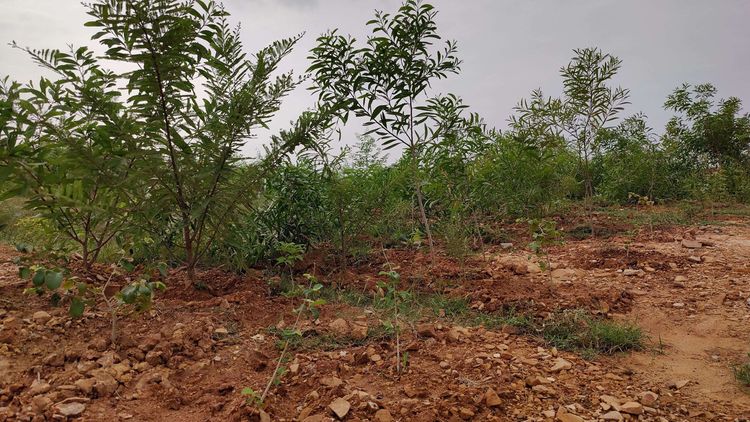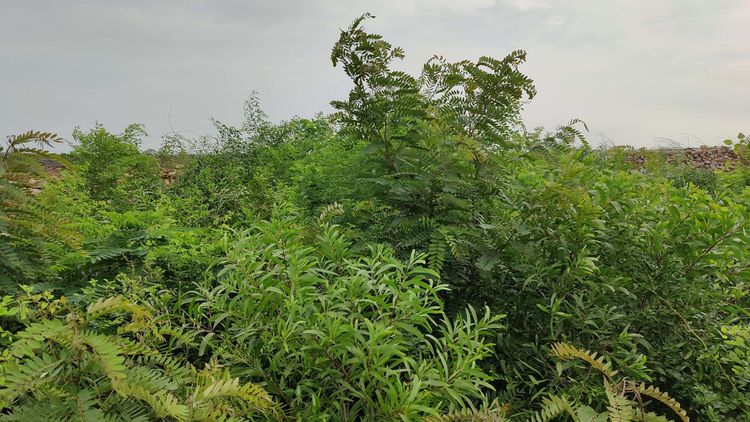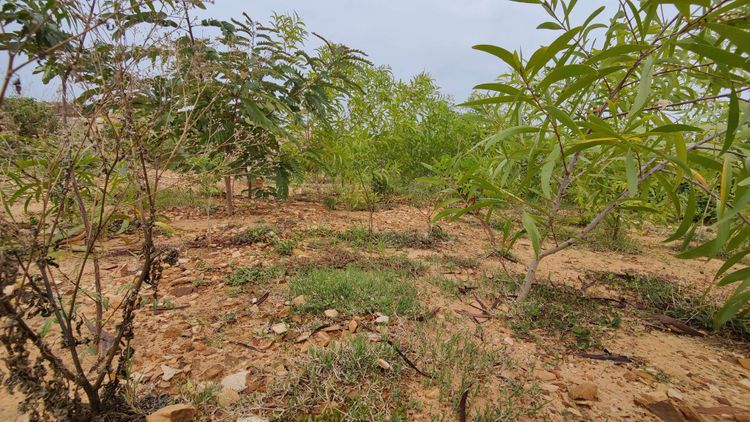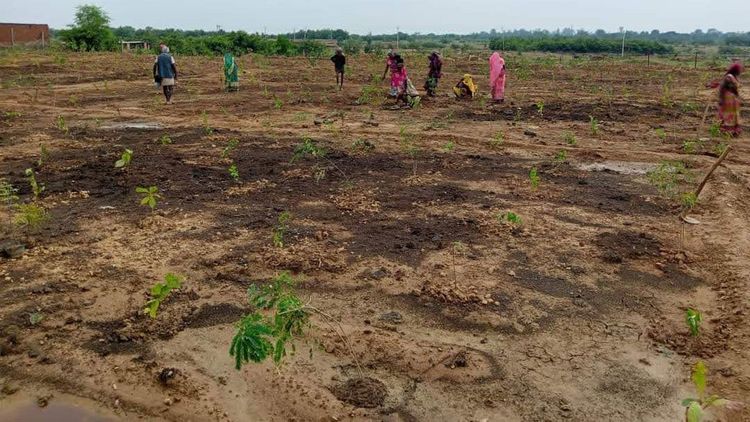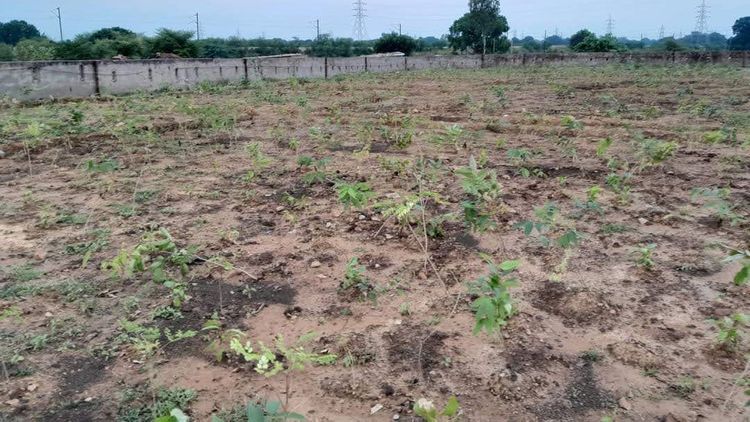- +91-9453-111-377
- contact@ashokseedplant.com
506, Ashok Chauraha, Bargarh Chitrakoot UP-210208

Guava Tree Plantation
Planting a guava tree requires careful consideration of the climate, soil conditions, and spacing. Here's a general guide to guava tree plantation:
Climate:
Guava trees thrive in tropical and subtropical climates. They prefer temperatures between 20°C to 30°C (68°F to 86°F) and require full sun exposure for optimal growth and fruit production. Guava trees are sensitive to frost, so they should be planted in areas where temperatures don't drop below freezing.
Soil:
Guava trees can tolerate a wide range of soil types but prefer well-drained, fertile soils with a pH ranging from 5.0 to 7.0. They don't do well in waterlogged or excessively sandy soils. Prior to planting, the soil should be tested to ensure it's suitable for guava cultivation. Adding organic matter like compost can improve soil fertility and structure.
Site Selection:
Choose a site for planting guava trees that receives plenty of sunlight and has good air circulation. Avoid low-lying areas prone to waterlogging and areas with strong winds, as these can damage the trees.
Spacing:
Guava trees should be spaced adequately to allow for proper growth and development. The spacing between trees depends on the variety and growth habit but generally ranges from 3 to 6 meters (10 to 20 feet) apart.
Planting:
Guava trees can be propagated from seeds, cuttings, or grafts. While seeds are easy to obtain, they may not produce fruits identical to the parent plant. Grafted or cutting-grown trees are preferred for commercial production as they produce fruits of consistent quality. When planting, dig a hole slightly larger than the root ball, place the tree in the hole, and backfill with soil, ensuring the graft union (if applicable) is above the soil level.
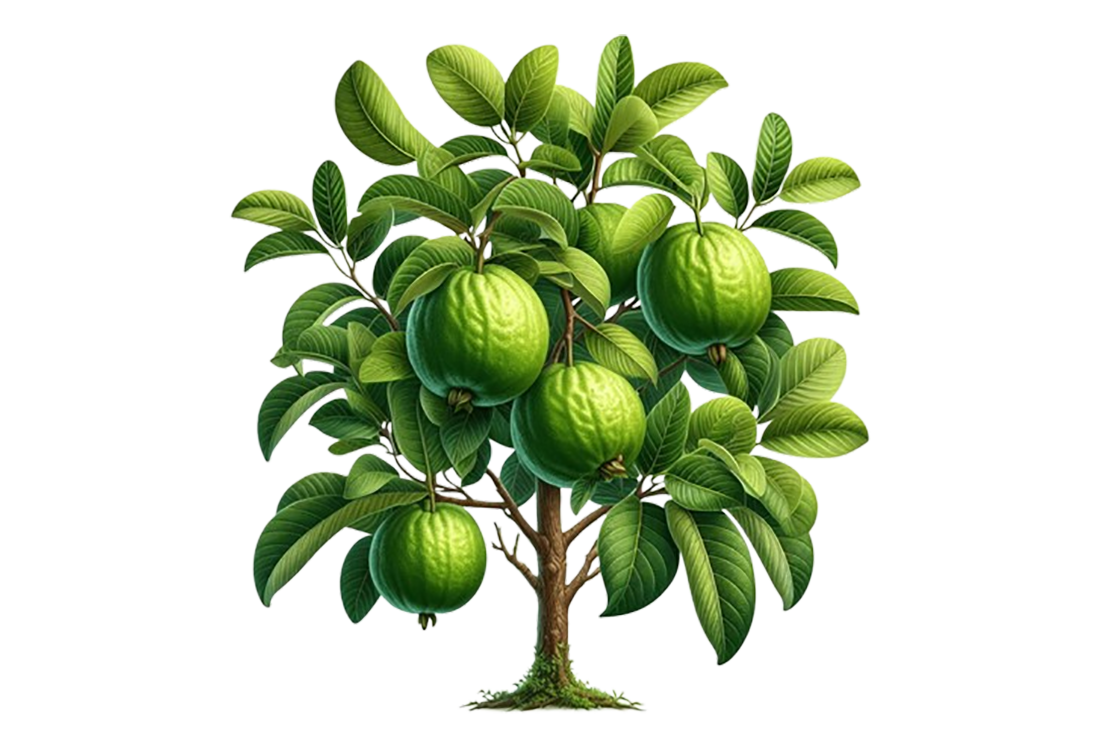
By following these guidelines, you can establish a successful guava tree plantation and enjoy a bountiful harvest of delicious and nutritious fruits.
Our Completed Miyawaki Projects


Our Efforts


